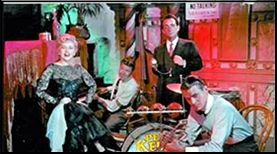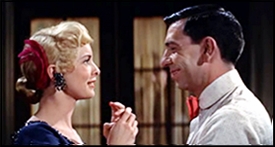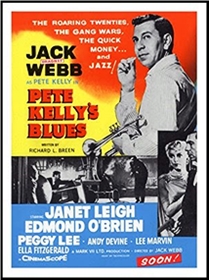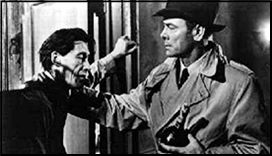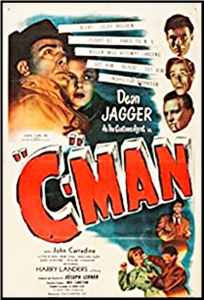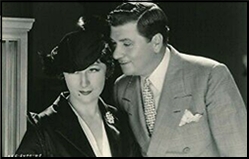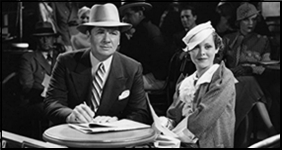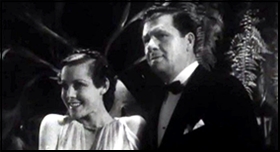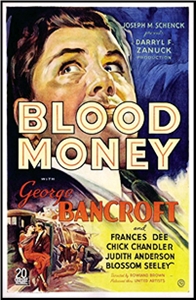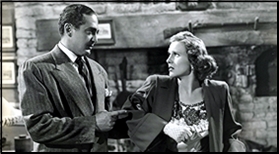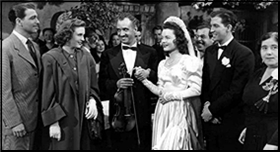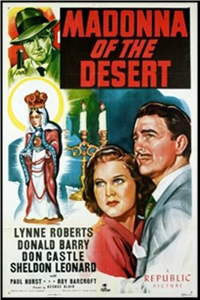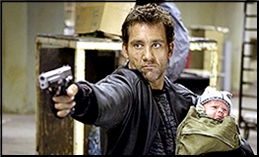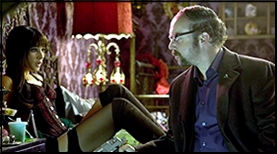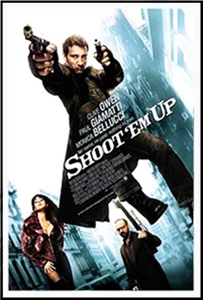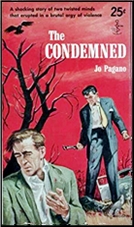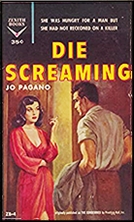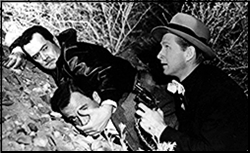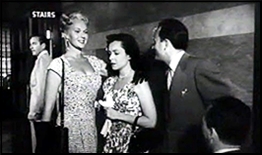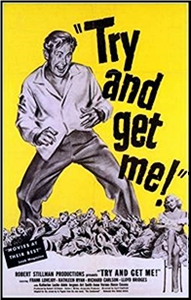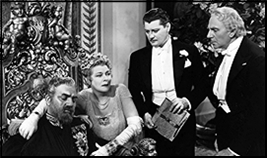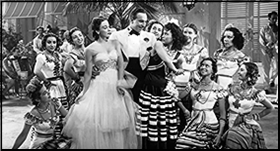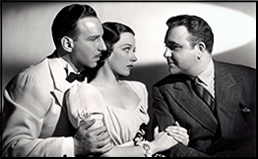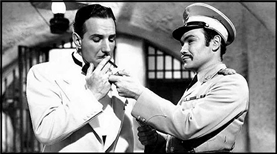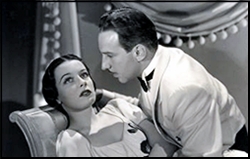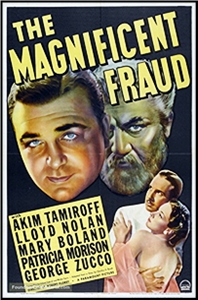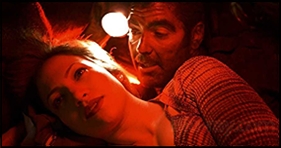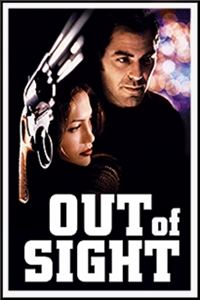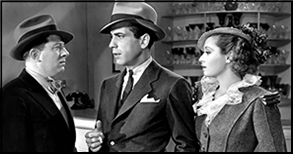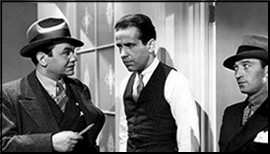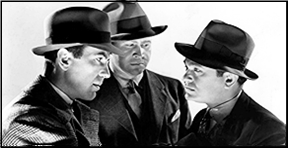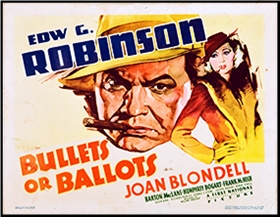Fri 25 Sep 2020
A Made-for-TV Movie Review by Mike Tooney: THE STRANGERS IN 7A (1972).
Posted by Steve under Crime Films , Reviews[4] Comments
THE STRANGERS IN 7A. Made for TV film. CBS, 14 November 1972. Running time: 74 minutes. Cast: Andy Griffith (Artie Sawyer), Ida Lupino (Iris Sawyer), Michael Brandon (Billy), James A. Watson, Jr. (Riff), Tim McIntire (Virgil), Susanne Benton (Claudine; billed as Susanne Hildur), Connie Sawyer (Mrs. Layton), Virginia Vincent (woman in bank). Writers: Eric Roth, based on the novel by Fielden Farrington. Music: Morton Stevens. Producers: Mark Carliner Productions and Palomar Pictures International. Director: Paul Wendkos.
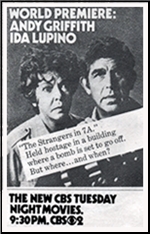
Artie Sawyer is the superintendent of an apartment house. The marriage between him and his wife Iris has taken a downturn, so when she leaves town to visit her sister, Artie moseys down to the local bar to “relax.” It isn’t long, however, before his relaxed mood is dissipated when he encounters Claudine, a pretty young thing who uses every available (and some not readily available) feminine wile to coax Artie into letting her spend the night in one of his apartments — at which she is predictably successful, since it’s plainly obvious what’s on Artie’s mind.
It’s while she and Arnie are experiencing a really close encounter with each other that three men (with, we soon learn, brief cases containing sawed-off shotguns and something even more explosive) barge in and spoil the mood; the only thing these three have on their minds is that $800,000 in the vault of the bank that just happens to be next door to Artie’s apartment house . . .
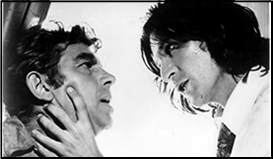
And that’s the first third of this movie, which takes its time to get moving. Like John Payne and Dick Powell before him, Andy Griffith must have been anxious to change his well-established small-town persona to something a little more adult and cashable; this one succeeds in doing that by having Griffith’s character engage in an extra-marital affair — although, to be clear, there isn’t enough time for it to go anywhere. Griffith would later do a few more made for TV films like this one before landing the plum role of Matlock.
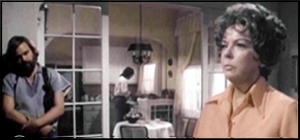
The most impressive cast member isn’t Ida Lupino, ordinarily a splendid actress and director, who surprisingly doesn’t have much to do here. The standout is Michael Brandon, who almost steals the show as the passive-aggressive ring leader; what happens to his character is fitting but comes off as anticlimactic considering what has gone before.
All in all, The Strangers in 7A is a fairly standard but efficient low budget caper movie; no plot surprises, of course, but well acted and definitely not a waste of time. It’s available on video from Synergy Entertainment and, for now, YouTube’s Cult Cinema Classics channel.
